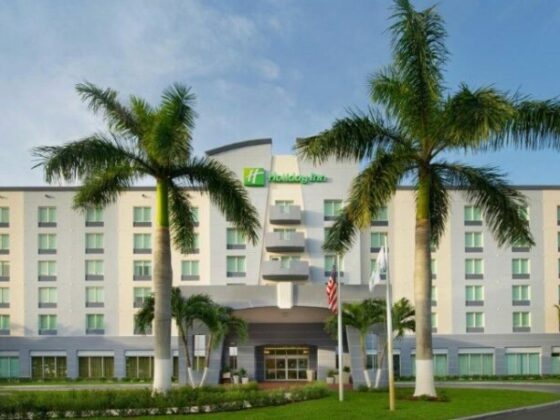
WASHINGTON, DC—The H-2B Workforce Coalition released a new economic analysis that explores the impacts and realities of the H-2B Visa Program. Completed by Edgewater Economics, the study found that the H-2B program has positively impacted domestic salaries and jobs.
Through this new study, the program has found no evidence of an increase in H-2B Visas issues and a negative impact on the U.S. workforce’s employment and wages. The study notes that each H-2B worker actually supports about three to five local U.S. worker jobs, where areas with greater H-2B workers saw wages grow 1.6 percent higher.
“Areas that were able to hire more H-2B workers due to the increase in H-2B visa cap experienced more employment growth and higher wage growth among U.S. workers,” said Dr. Steve Bronars, partner at Edgeworth Economics, validating the findings of an early analysis by the U.S. General Accountability Office.
“This new analysis demonstrates the clear value that the H-2B program has on local communities,” said Ashley McNeil, vice president of federal government affairs at American Hotel and Lodging Association, and chair of the H-2B Workforce Coalition. “The hotel industry, which is still 200,000 workers short compared to pre-pandemic levels, relies on legal guest worker programs to augment our workforce, particularly to address seasonal demands. Access to the H-2B visa program has been critical in allowing hotels and resorts of all sizes to meet travelers’ needs, while supporting the local workforce and economy.”
Largely, the H-2B program has allowed businesses to more efficiently address seasonal labor shortages during their peak season, benefiting full-year employees, who have the support they need to do their jobs more efficiently. The landscaping industry accounts for almost 40 percent of certified H-2B seasonal workers, on average. The industries that account for the second, third, and fourth most certified H-2B are hotels and motels (8.67 percent), support activities for forestry (6.3 percent), and seafood product preparation and packaging (5.65 percent).
“This study reaffirms what our members have long recognized: despite extensive recruitment efforts, there remains a critical shortage of U.S. workers willing or available to fill temporary positions that are currently being filled by H-2B workers,” said Arnulfo Hinojosa, chief operating officer at Federation of Workers and Employers of America, and vice chair of the H-2B Workforce Coalition. “H-2B workers allow seasonal businesses to operate at a higher capacity and create more U.S. jobs.”
“Lawncare and landscape professionals maintain homes, businesses, parks, and other green spaces,” said Andrew Bray, senior vice president, government relations and membership at the National Association of Landscape Professionals and Coalition Treasurer. “The H-2B program not only supports local communities and jobs, it also is essential to our ability to maintain safe and healthy outdoor spaces.”









